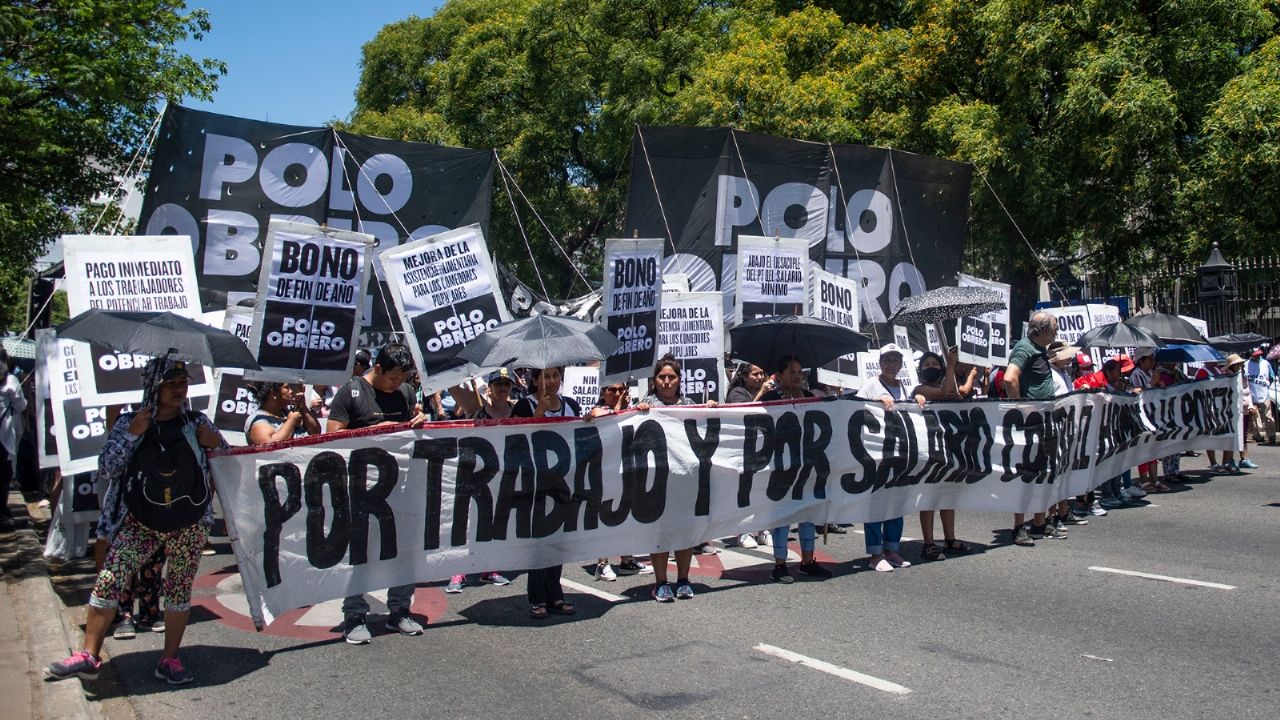The Central Bank (BC) revised the projection for economic growth this year from 2.7% to 2.9%. The estimate for the Gross Domestic Product (GDP), the sum of all goods and services produced in the country, is in the Inflation Report, released today (15), by the Central Bank. For 2023, the GDP growth projection remains at 1%.
According to the report, the increase in the GDP projection for this year reflected the “increase in the forecast for the services sector, partially offset by a decrease in estimates for agriculture and industry”.
“The projection for agriculture was changed from stability to a 2% decrease, mainly reflecting the result of the third quarter”. The report adds that the decline in comparison with the previous quarter surprised the BC, which “expected a positive result, influenced by the relatively weak base of the second quarter – still under the impact of the partial break in the soybean crop, a crop with a harvest concentrated in the first two quarters of the year – and by increases in the production of oranges and cotton, crops with an expressive participation in the third quarter”.
“However, declines in the production of sugarcane and cassava overcame these bullish factors, leading to a decline in activity in the quarter and a worse estimate for the year,” he added.
In industry, the projection was revised from 2.4% to 1.9%, with drops in forecasts for all sectors, with the exception of construction.
In services, the growth estimate in 2022 increased from 3.4% to 4.1%, influenced by the result of the third quarter and the revision of the historical series. “The tertiary sector has shown resilience, growing again at a robust pace in the third quarter. The rises in the sector were widespread and of high magnitudes, equal to or greater than 1%, except for trade activity, affected by the cooling of retail and industrial production”.
For the coming quarters, adds the BC, “a more widespread cooling is expected in the sector, reflecting the prospect of a slowdown in household consumption, in an environment of higher interest rates and a slowdown in the labor market”.
Demand
The estimate for the variation in household consumption changed from 3.9% to 4.2%, that of government consumption from 0.7% to 1.6% and that of gross fixed capital formation (GFCF – investments) from -0.4% to 0.7%.
Exports and imports in 2022 should vary, in order, by 4% and stability, compared to projections of 1.5% and -2.5%. These estimates reflect “higher than expected increases in the volume of exports and imports of goods and services”.
Next year
For 2023, the growth projection was influenced by “maintenance of the perspective of cooling in domestic demand and in the more cyclical components of supply”.
The report also says that “discussions on the 2023 budget point to further expansion of primary spending [gastos relacionados aos serviços públicos, sem considerar pagamento de empréstimos] than provided for in current legislation, in particular those associated with transfers to families [como o Bolsa Família]??
The BC adds that increased government spending can help sustain demand for goods and services, especially in the short term. On the other hand, “additional fiscal stimuli, especially if they impact the perception of public debt sustainability, may harm financial conditions and economic growth”. “Therefore, the final outcome depends on the combination of the magnitude of fiscal expansion in the short term and the exact formulation of the new fiscal framework.”
supply and demand
On the supply side, maintenance of the central projection for GDP growth in 2023 reflected declines in forecasts for agriculture and industry, from 7.5% and 0.4% to 7%, respectively, and stability, and an increase in the forecast for services, from 0.6% to 0.9%.
Within the scope of domestic demand, projections for household consumption, government consumption and GFCF were raised from, respectively, 0.7%, 1.0% and -0.5% to 1.2%, 1.1% and 0.3%.
The estimates for the changes in exports and imports remained practically unchanged, changing, respectively, from 3% to 2.8% and from 0.5% to 0.7%.









